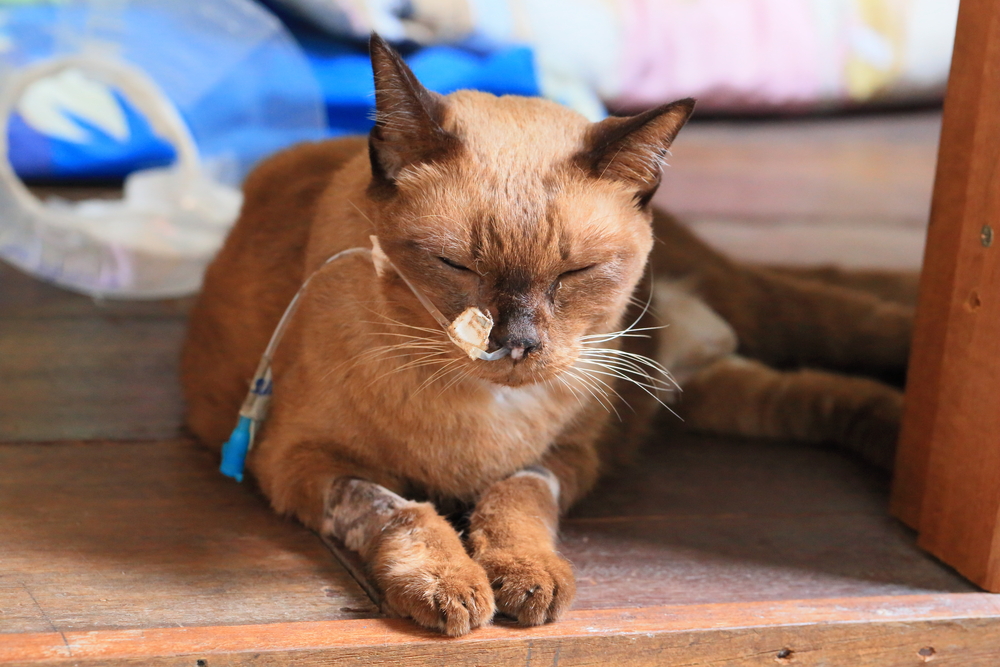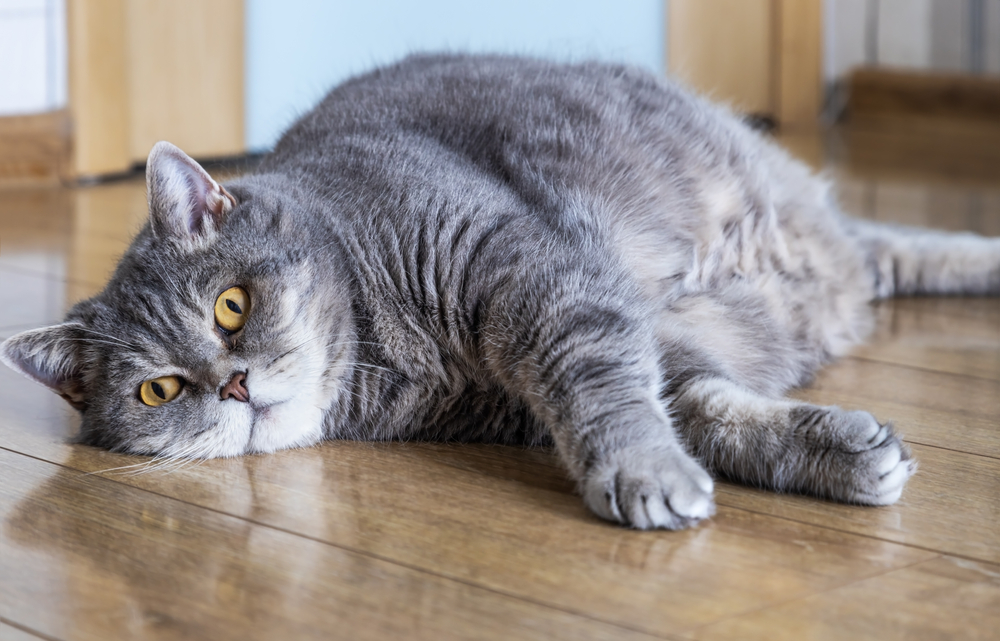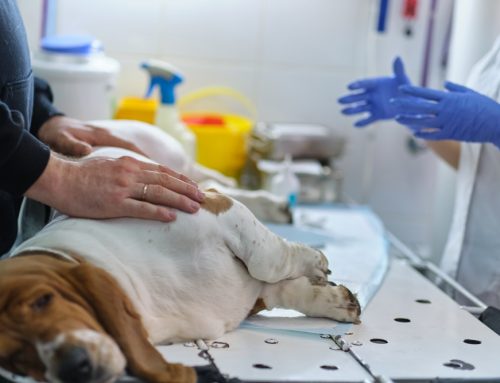If you have an overweight cat, or one who routinely refuses to eat, you may be familiar with hepatic lipidosis (i.e., fatty liver disease). Although the exact cause is unknown, this serious feline liver condition arises after a period of prolonged anorexia. Learn to recognize the early warning signs of hepatic lipidosis to help ensure your feline friend receives treatment before the disease becomes life-threatening. Safeguard your feline friend from hepatic lipidosis by following our Memorial Villages Animal Hospital team’s guide to this often-misunderstood disease’s signs, diagnosis, and treatment.
Understanding hepatic lipidosis in cats
Hepatic lipidosis is a common cause of liver failure in cats. This disease’s onset generally occurs when a cat stops eating. In a healthy cat who is eating normally, the liver efficiently breaks down ingested fat to use for a variety of bodily processes. When a cat fails to consume enough fat by eating much too little or not at all, the liver draws on the body’s fat reserves to compensate for the lack of dietary fat. However, excessive amounts of fat end up in the liver, which is unable to process such vast quantities. As fat accumulates within the liver cells (i.e., hepatocytes), the organ can no longer function properly, and hepatic lipidosis develops.
Hepatic lipidosis risk factors in cats
Any cat can develop hepatic lipidosis. However, this condition appears more commonly in cats who are:
- Overweight or obese
- Anorexic
- Diabetic
- Stressed
- In pain as a result of dental disease, arthritis, pancreatitis, cancer, or other conditions
Essentially, any condition that causes a cat to have a poor appetite can lead to hepatic lipidosis. Poorly controlled endocrine disorders, painful health issues, or environmental stressors can all trigger anorexia and subsequently hepatic lipidosis.
Hepatic lipidosis signs in cats
Hepatic lipidosis typically causes subtle signs that you may not notice until the disease progresses. However, you should suspect feline fatty liver disease if your cat exhibits any of these signs:
- Acute or chronic appetite loss
- Rapid weight loss
- Lethargy
- Weakness
- Jaundice (i.e., yellowing) of the skin, gums, and eyes’ whites
- Vomiting
- Diarrhea or constipation
- Dark urine
- Abnormal bleeding or bruising
Hepatic lipidosis diagnosis in cats
To determine whether your cat has hepatic lipidosis, our Memorial Villages Animal Hospital team will begin by learning about your feline friend’s thorough history. We need to know whether your cat has experienced a period of inappetence and rapid weight loss. Based on this history, along with abnormalities we note on your cat’s physical examination, our veterinarian may suspect hepatic lipidosis.
We will perform diagnostic testing that will differentiate hepatic lipidosis from other liver diseases and conditions that have similar signs. Diagnostic screenings that can confirm hepatic lipidosis include:
- Blood work — Various blood tests assess liver function, rule out other liver diseases, and identify concurrent conditions that may have triggered hepatic lipidosis.
- Imaging — An abdominal ultrasound can reveal an enlarged, abnormal liver.
- Biopsy — Liver cell samples can be evaluated for fat content, which can confirm a hepatic lipidosis diagnosis.
Hepatic lipidosis treatment in cats

Hepatic lipidosis develops because of a lack of dietary fat, typically because a cat stops eating. Although the treatment should be simple, it is not, because you must get your cat to eat. Enticing an ill or stressed cat to eat can be virtually impossible. By the time hepatic lipidosis is diagnosed, your cat may feel so unwell that they are unlikely to eat on their own. When an affected cat refuses to eat, their liver function continues to worsen. However, never force-feed your nauseated, anorexic cat. A nauseated cat who is fed through a syringe often associates food with feeling ill and can quickly develop an aversion to all foods.
During the initial treatment phase, our Memorial Villages Animal Hospital team feeds an affected cat with a feeding tube. Depending on your cat’s health status, we may feed them with a nasogastric tube for the first few days, and then anesthetize your feline friend to place an esophagostomy tube. Esophagostomy tube placement is necessary to provide your cat with essential nutrition, as your feline friend may need up to two months before solid food can be fully reintroduced, and for your cat to eat solely on their own.
Liver support is also critical for cats suffering from hepatic lipidosis. We may prescribe nutritional supplements, vitamins, and medications to boost their liver function and health. To correct dehydration and electrolyte imbalances, we will also provide your cat with fluid therapy. Our team bases additional treatment on the underlying cause of your cat’s inappetence and subsequent hepatic lipidosis.
If your cat exhibits signs of hepatic lipidosis, don’t wait for the problem to resolve on its own. If left untreated, hepatic lipidosis can be fatal, so contact our Memorial Villages Animal Hospital team at your cat’s first sign of fatty liver disease.









Leave A Comment